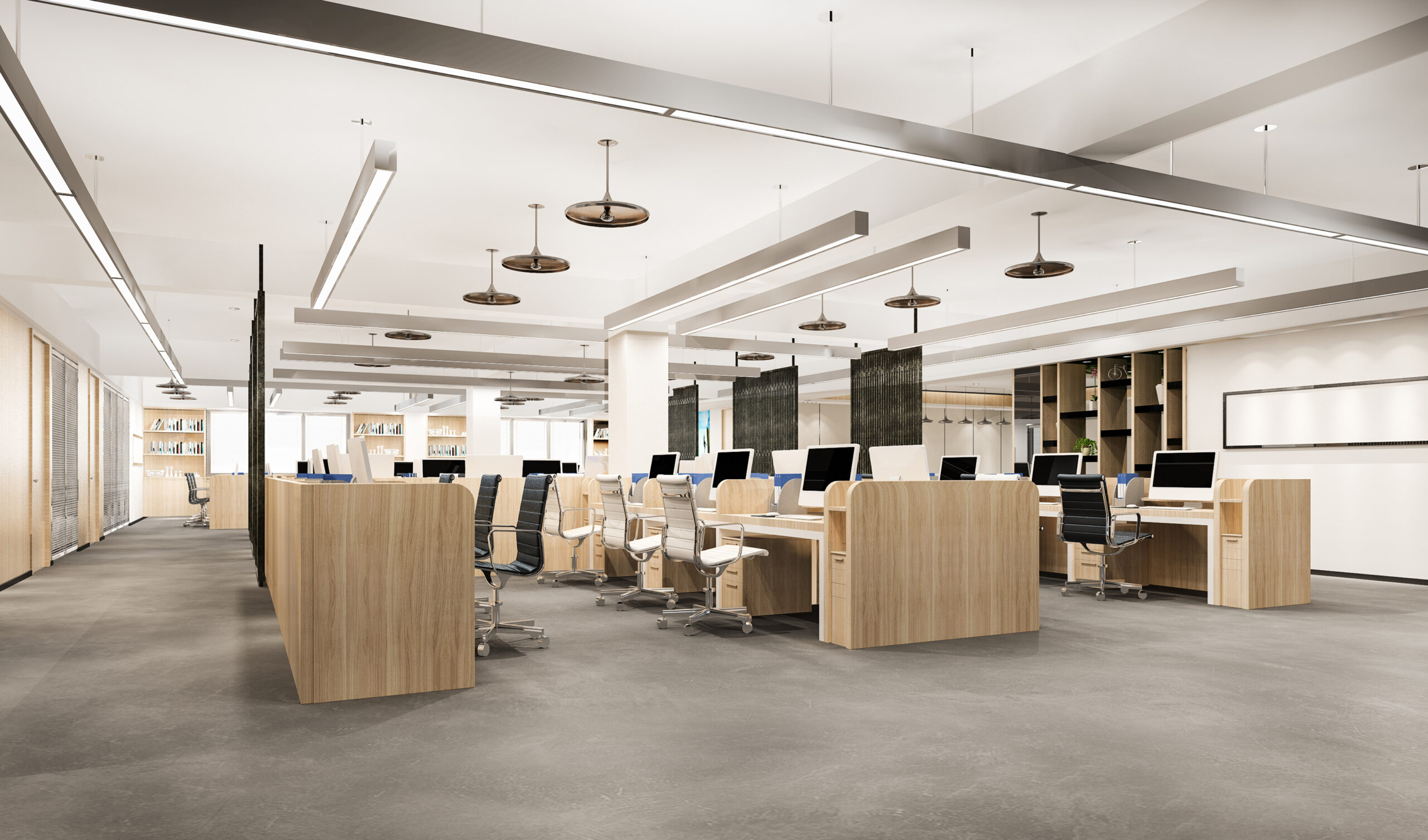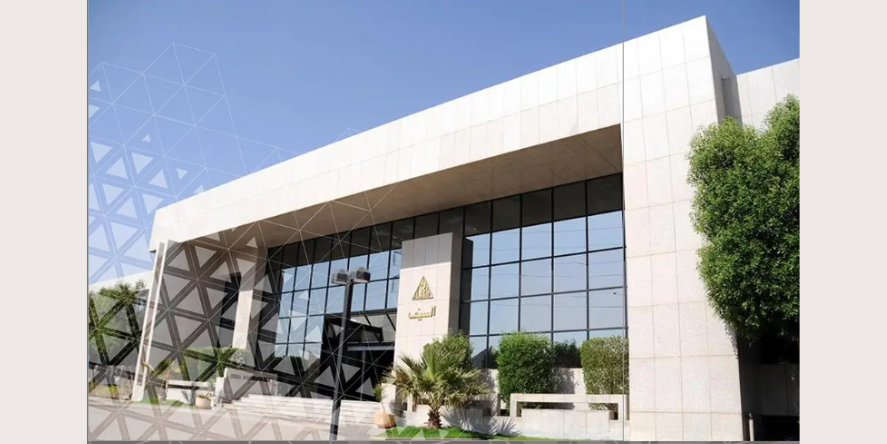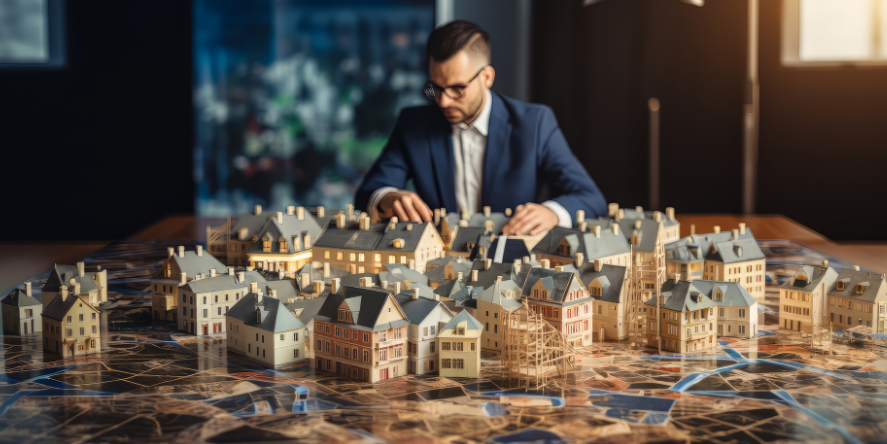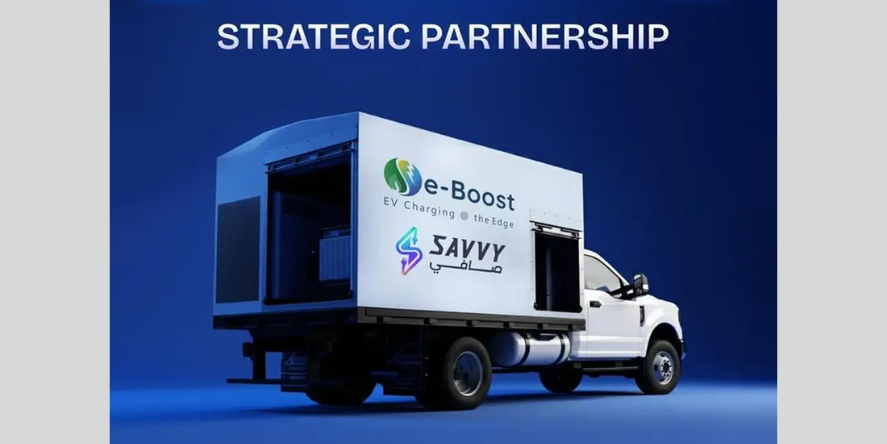The concept of a workplace has evolved significantly over the years. Today, it is not just a place for employees to complete tasks; it is a space that affects how people feel, interact, and perform. Interior design plays a pivotal role in this transformation, shaping workspaces that encourage productivity, improve well-being, and reinforce a company’s culture. When done thoughtfully, interior design can turn a standard office into a vibrant, efficient, and welcoming environment that motivates and engages employees.
Enhancing Employee Well-Being Through Design
Interior design isn’t just about making a space look appealing—it’s also about creating an environment that supports mental and physical health. Research has shown that a well-designed office can lead to happier, more productive employees. Natural light, comfortable furniture, and calming color palettes can help reduce stress and promote focus. Incorporating greenery and plants into the design not only beautifies the space but also has positive effects on air quality, contributing to a healthier atmosphere.
Boosting Productivity with Smart Layouts
An effective office layout is one of the most important factors in boosting productivity. Open-plan designs may suit some businesses, but others may require a more structured layout to accommodate different working styles. Skilled interior designers assess the unique needs of a company to create a layout that supports collaboration without sacrificing personal space for focused work. Commercial interior design plays a crucial role in creating workspaces that are not only visually appealing but also functional, comfortable, and aligned with the company’s values and culture.
By designing areas for team meetings and quiet workstations, employees can easily transition between collaborative and individual tasks. Furthermore, modular furniture and movable partitions allow for flexibility, enabling the workspace to adapt to the changing needs of the team or project.
Reflecting Company Values Through Design
Interior design provides an excellent opportunity to reflect a company’s brand, culture, and mission. The office environment should mirror the values and personality of the organization. For instance, a tech company might opt for minimalist designs and modern furniture to showcase innovation, while a creative agency might embrace a more eclectic style to inspire creativity and out-of-the-box thinking.
When a workspace embodies the essence of the company, employees are more likely to feel aligned with the organization’s goals. This sense of connection can boost morale, increase engagement, and foster a deeper commitment to the company’s mission.
The Growing Need for Flexibility in Workspaces
In the modern era, flexibility has become a crucial element of workspace design. With the rise of hybrid and remote work, companies need environments that are adaptable to different work styles. Interior designers are now creating spaces that can easily transform to accommodate both individual and team-based activities.
Adjustable desks, movable walls, and modular seating are just a few examples of flexible design elements that can cater to varying work preferences. These versatile spaces not only enhance collaboration but also give employees the freedom to choose how and where they work, contributing to a more personalized and satisfying work experience.
Embracing Sustainability in Interior Design
Sustainability is a growing priority in interior design, and many companies are incorporating eco-friendly practices into their office designs. Sustainable design focuses on using materials that are environmentally responsible, such as recycled furniture, low-VOC paints, and energy-efficient lighting. This not only reduces the environmental impact but also demonstrates the company’s commitment to sustainability.
Beyond environmental benefits, sustainable interior design can also positively affect employees. Many workers today prefer to work for organizations that prioritize green practices. A sustainable office can contribute to a sense of pride among employees, knowing they are part of a company that values environmental responsibility.
Conclusion
By focusing on intelligent layouts, flexibility, and sustainability, interior designers are creating workspaces that adapt to the needs of the modern workforce. Whether enhancing creativity, supporting employee health, or reflecting a company’s values, interior design is essential to building work environments that thrive in today’s ever-changing professional landscape.
Blog Received on Mail











